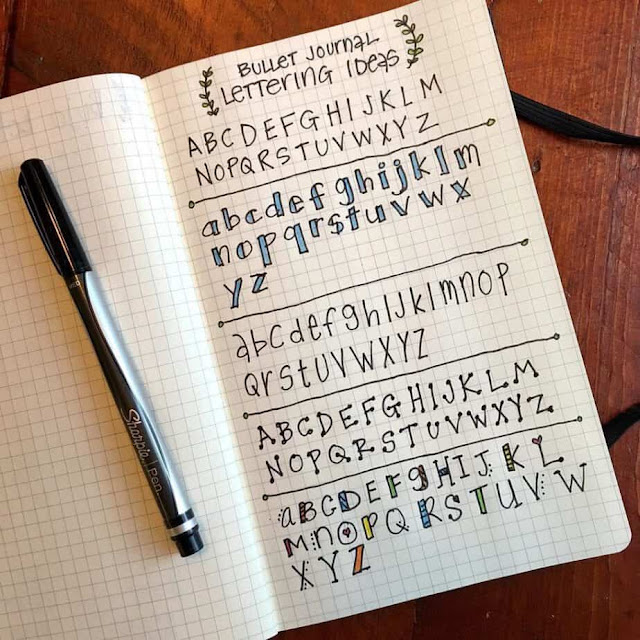Journaling 101

Journaling has many benefits, one of which being that it helps you process your thoughts. I did this all the time during college when I couldn't find a safe place to blurt out my thoughts verbally to a friend or alone. It is best to do this while being honest with yourself. What else are journals good for? Let's find out! Photo By Committ30 Why journal? There are many reasons. You can release your thoughts and process whatever is most bothering you. It helps you manage anxiety and depression, too. Keep in mind that typing it out and ignoring it is not processing it; to process those thoughts you released you have to leave it all out on the page and reread it to identify bad thought habits and what is most stressful. If you are obsessing over something unhealthy it will come out in your journal. How To Journal To get the most out of the journaling (typing or pen/pencil) you have to do it at least weekly, if not daily. It unclutters your mind and clears the cobwebs out of your...





